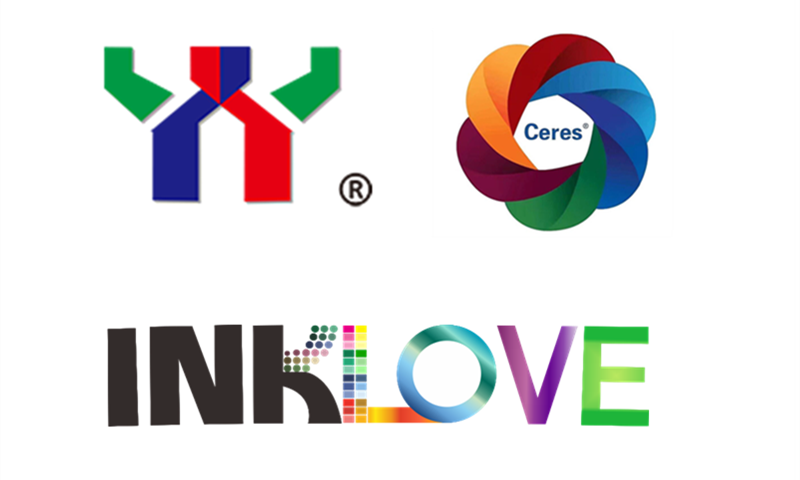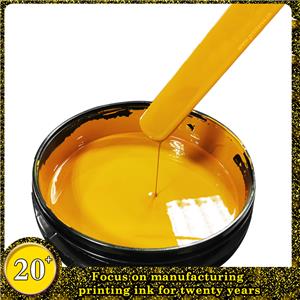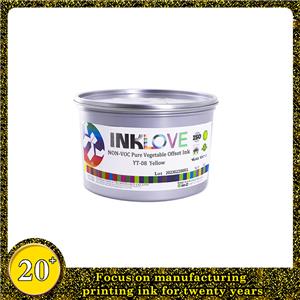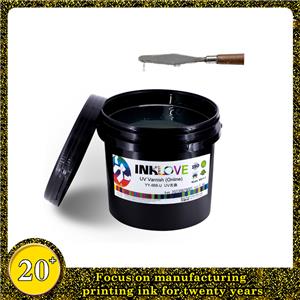Printing Process Control of Color Management
01 Introduction to Color Management
1. Definition of color management Color management is an application technology that correctly interprets and processes color information. It is recognized as the most effective solution to achieve faithful reproduction of colors and reproducibly obtain stable colors. In the entire process of copying color graphics and text information, the color management system ensures that graphics and text information are consistent in the process of color conversion from the color space of one device to the color space of another device under the premise of minimum color distortion. .
2. The workflow of color management
The process of color management can be divided into four C: Calibration, Characterization, Conversion and Check.
① Calibration. This is the basic condition for good color management. It refers to adjusting each device such as monitors, scanners, digital proofing machines and printing presses to the standard state, ensuring that it meets or is accurate to the manufacturer’s specifications and maintains a certain degree of stability. Ensure that the color it expresses meets or is close to the usual standards. Calibration is the basis of color management and the starting point of work. Its purpose is to calibrate the device and make it run stably. The stability of the device is the basic condition for color management. Therefore, calibration is extremely important in the process of color management.
② Characterization. Refers to the input or output of standard color standards on calibrated equipment, and then measure these color standards, determine the color performance characteristics of the equipment based on the obtained data, and establish a color characteristic file (IC CP r o f i l e). The purpose is to establish the range of color representation of equipment or materials and record their characteristics mathematically for color conversion. Characterization is an important part of color management, and it is also a prerequisite for color management.
③ Conversion. Refers to the conversion of the color of an image or other object from the color space of one device to the color space of another device. The purpose is to obtain visually consistent colors.
④ Check. That is, the inspection and evaluation of color matching between various devices.
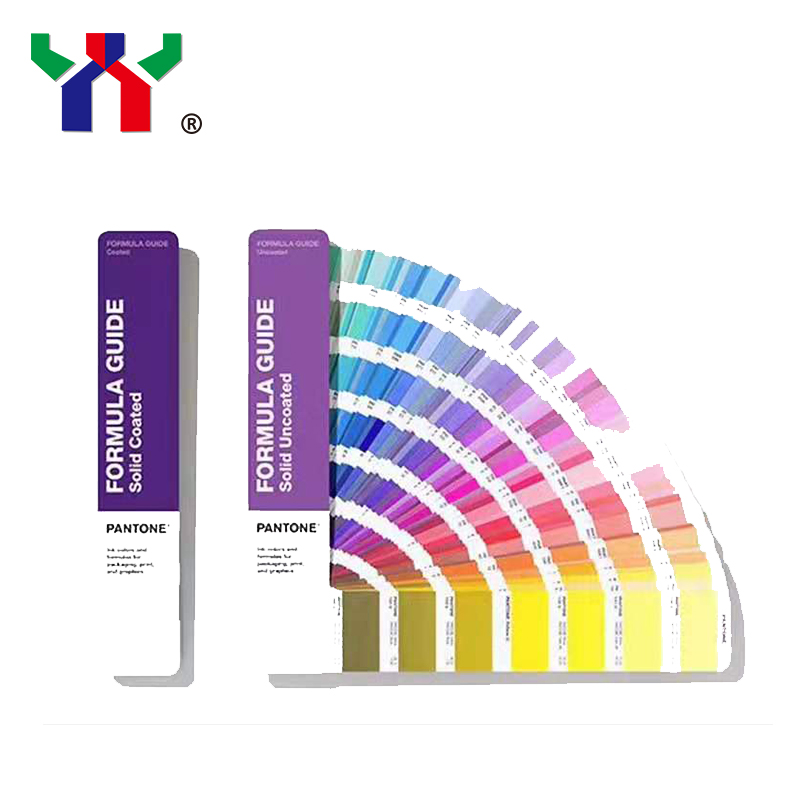
02 Printing process control based on color management
1. Control the stability of printed materials
Material stability is a prerequisite for obtaining high-quality printed materials. In the daily production process, it is of great significance to strictly control the stability of printing materials such as printing plates, developers, fountain solutions, paper and inks. It is important to ensure stable printing materials. The premise of color management. The quality of the original plate directly affects and determines the quality of the printing plate. To produce a high-quality printing plate, you must first have a high-quality original plate as a guarantee. The configuration of developer and fountain solution should be carried out in strict accordance with relevant specifications and requirements, and their status should be monitored on a regular basis. Paper and ink directly affect printing quality, therefore, the supervision of the stability of paper and ink is particularly important.
Print Area is professional in printing industry 20+ years.
Security Paper:Watermark Paper,UV Fiber Paper,Thread Paper
Security Ink:OVI,UV Invisible Ink,Magnetic Ink,Water Sensitive Ink,Watermark Ink,Glow in Dark Ink
Offset Ink:Soy Bean Offset Ink,UV Offset Ink
Printing Materials:Rubber Blanket,Underpacking Foil,Underpacking Paper.
Machine:Die Cutting Machine,Offset Machine,UV Flexo Machine,UV Coated Machine ect.
Please don’t wait and contact with
Caroline:+8618026391301(wechat & whatsapp avaliable.)
Email:fluorescentink@yyink.com
